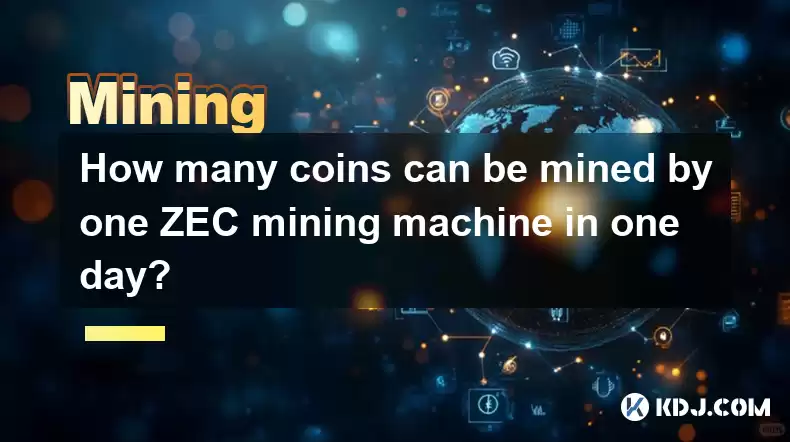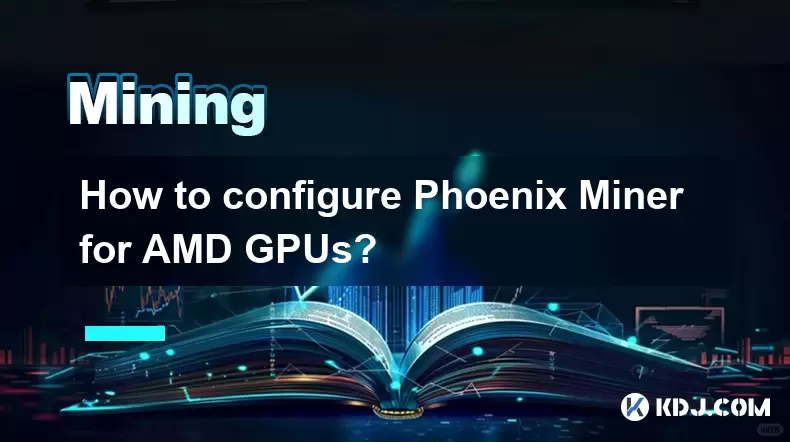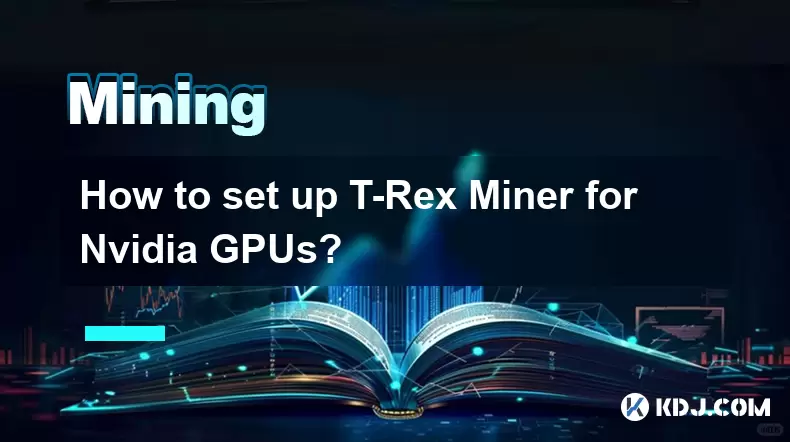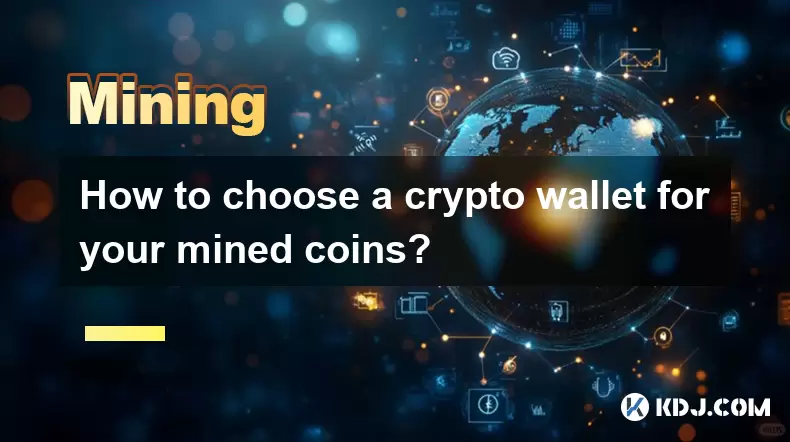-
 Bitcoin
Bitcoin $117700
-1.00% -
 Ethereum
Ethereum $4458
-3.91% -
 XRP
XRP $3.119
0.14% -
 Tether USDt
Tether USDt $1.001
-0.02% -
 BNB
BNB $836.6
-1.56% -
 Solana
Solana $189.5
-3.90% -
 USDC
USDC $0.9998
-0.02% -
 Dogecoin
Dogecoin $0.2335
1.29% -
 Cardano
Cardano $0.9642
1.51% -
 TRON
TRON $0.3539
-1.19% -
 Hyperliquid
Hyperliquid $47.41
-1.84% -
 Chainlink
Chainlink $21.92
-3.28% -
 Stellar
Stellar $0.4286
-0.23% -
 Sui
Sui $3.724
-3.29% -
 Bitcoin Cash
Bitcoin Cash $594.8
-0.78% -
 Ethena USDe
Ethena USDe $1.001
0.04% -
 Hedera
Hedera $0.2501
-2.06% -
 Avalanche
Avalanche $23.96
-4.87% -
 Litecoin
Litecoin $119.0
-2.32% -
 Toncoin
Toncoin $3.473
0.82% -
 UNUS SED LEO
UNUS SED LEO $9.596
0.17% -
 Shiba Inu
Shiba Inu $0.00001301
-0.39% -
 Uniswap
Uniswap $11.03
-0.25% -
 Polkadot
Polkadot $3.935
-2.62% -
 Dai
Dai $1.000
0.01% -
 Bitget Token
Bitget Token $4.564
-1.76% -
 Cronos
Cronos $0.1512
-4.11% -
 Ethena
Ethena $0.7306
-1.09% -
 Pepe
Pepe $0.00001087
-2.68% -
 Aave
Aave $300.2
-4.00%
How many coins can be mined by one ZEC mining machine in one day?
Understanding ZEC mining's complexity, influenced by factors like hashrate, network difficulty, and pool performance, is crucial for evaluating daily mining output and potential earnings.
Jan 13, 2025 at 04:17 am

Key Points:
- Understanding ZEC Mining and Its Complexity
- Factors Influencing Daily Mining Output
- Calculating Potential Rewards and Earnings
- Considerations for Long-Term Profitability
1. Understanding ZEC Mining and Its Complexity
Zcash (ZEC) is a privacy-focused cryptocurrency that employs the Equihash proof-of-work (PoW) mining algorithm. Unlike traditional mining for popular cryptocurrencies like Bitcoin, ZEC mining requires specialized ASIC (Application-Specific Integrated Circuit) miners designed for Equihash. These ASICs are highly efficient and optimized for solving the complex hash puzzles involved in ZEC mining.
The complexity of ZEC mining stems from the Equihash algorithm's memory-hard nature. Miners rely on dedicated memory modules built into their ASICs to process the large data sets required for Equihash calculations. This design limits the ability of small-scale miners using general-purpose GPUs or CPUs to participate effectively.
2. Factors Influencing Daily Mining Output
Several factors play a crucial role in determining the daily mining output of a ZEC mining machine:
- Miner Hashrate: The hash rate of a miner represents its computational power and directly impacts the number of blocks it can find. Higher hash rate machines complete calculations faster and have a higher probability of solving the block puzzle.
- Network Difficulty: ZEC mining difficulty adjusts dynamically based on the total network hashrate. As more miners join the network, the difficulty increases, making it more challenging to solve blocks and reducing the potential rewards for individual miners.
- Pool Performance: Most ZEC miners connect to mining pools that combine the hashpower of multiple participants to increase their chances of winning blocks. The stability and efficiency of the mining pool can influence the daily mining output.
- Block Time: The time it takes for the ZEC network to generate a new block directly affects the frequency of potential rewards. A shorter block time (currently around 2.5 minutes) means more frequent block discoveries and potentially higher earnings.
3. Calculating Potential Rewards and Earnings
Estimating the potential rewards and earnings from ZEC mining requires considering several variables:
- Estimated Hashrate: Calculate the total hash rate of the mining machine(s) used for ZEC mining. This information is usually provided by the manufacturer or can be obtained through online calculators.
- Average Block Reward: Determine the average block reward for ZEC. This value changes over time based on block subsidies and can be tracked through various blockchain explorers.
- Pool Fees: Most mining pools charge a fee for their services, typically ranging from 1% to 4%. Factor in these fees when calculating potential earnings.
- Electricity Costs: Estimate the cost of electricity consumed by the mining machine(s) based on local electricity rates. This can significantly impact the profitability of mining operations.
4. Considerations for Long-Term Profitability
ZEC mining is a competitive and dynamic industry, and long-term profitability is not guaranteed. Several factors should be considered to maximize earnings and minimize risks:
- Market Volatility: Cryptocurrency prices can fluctuate significantly, impacting the value of mined ZEC. Monitor market conditions and consider hedging strategies to mitigate potential losses.
- Hardware Maintenance: ASICs require regular maintenance and occasional replacement. Plan for these additional costs and ensure uninterrupted operations.
- Obsolescence: ZEC mining hardware technology is constantly evolving. Stay up-to-date with industry advancements and consider investing in newer and more efficient miners to maintain profitability.
- Sustainable Mining Practices: Choose mining facilities that prioritize renewable energy sources and efficient cooling systems to reduce environmental impact and operating costs.
FAQs on ZEC Mining and Earnings
Q: How much profit can I make from ZEC mining?
A: Profitability varies based on factors like machine hashrate, network difficulty, electricity costs, and cryptocurrency market fluctuations. Carefully calculate potential earnings and expenses to determine profitability.
Q: What are the best ZEC mining pools?
A: Choose pools with a proven track record of stability, a low fee structure, and transparent reporting. Some popular ZEC mining pools include ZECPool, Hiveon Pool, and Flexpool.
Q: Is ZEC mining still profitable?
A: Profitability depends on various factors and can fluctuate over time. Monitor market conditions, mining difficulty, and electricity costs to determine the profitability of ZEC mining operations.
Q: What are the environmental implications of ZEC mining?
A: ZEC mining consumes significant electricity, which can have environmental consequences. Choose mining facilities that prioritize renewable energy sources and efficient operations to reduce the impact on the environment.
Q: How often do I need to replace my ZEC mining machine?
A: The lifespan of a ZEC mining machine varies based on usage and maintenance. ASICs may need to be replaced within a few years as technology advances or network difficulty increases. Plan for hardware upgrades as necessary.
Disclaimer:info@kdj.com
The information provided is not trading advice. kdj.com does not assume any responsibility for any investments made based on the information provided in this article. Cryptocurrencies are highly volatile and it is highly recommended that you invest with caution after thorough research!
If you believe that the content used on this website infringes your copyright, please contact us immediately (info@kdj.com) and we will delete it promptly.
- Kazakhstan's Crypto Leap: Bitcoin ETF and Central Asia's Digital Finance Future
- 2025-08-13 12:45:19
- BlockDAG Presale Blazes Past $371M: Fundraising Frenzy Fuels Crypto Sensation
- 2025-08-13 13:05:21
- Meme Coins: Chasing the 2025 Surge – Which Will Moonshot?
- 2025-08-13 10:25:23
- Bitcoin's Wild Ride: Rally, Pullback, and What's Next
- 2025-08-13 10:25:23
- Bitcoin, Bitmax, and Institutional Demand: A New Era of Crypto Investment
- 2025-08-13 10:45:12
- Solana, ROAM, and Airdrops: What's the Buzz in 2025?
- 2025-08-13 11:35:13
Related knowledge

How to configure Phoenix Miner for AMD GPUs?
Aug 11,2025 at 03:21am
Understanding Phoenix Miner and Its Compatibility with AMD GPUsPhoenix Miner is a lightweight, high-performance Ethereum mining software designed for ...

How to set up T-Rex Miner for Nvidia GPUs?
Aug 10,2025 at 12:07am
Understanding T-Rex Miner and Its Compatibility with Nvidia GPUsT-Rex Miner is a high-performance mining software designed specifically for Nvidia GPU...

What is "proof-of-work" and how does it relate to mining?
Aug 07,2025 at 02:03pm
Understanding the Concept of Proof-of-WorkProof-of-work (PoW) is a consensus mechanism used in blockchain networks to validate transactions and secure...

How to choose a crypto wallet for your mined coins?
Aug 13,2025 at 11:36am
Understanding the Types of Crypto Wallets for Mined CoinsWhen selecting a crypto wallet for your mined coins, the first step is to understand the diff...

What are the differences between mining on Windows vs. Linux?
Aug 06,2025 at 11:29pm
Overview of Cryptocurrency Mining PlatformsCryptocurrency mining involves using computational power to solve complex cryptographic puzzles and validat...

How to use an old computer for cryptocurrency mining?
Aug 07,2025 at 12:42pm
Understanding the Feasibility of Using an Old Computer for MiningUsing an old computer for cryptocurrency mining may seem outdated, but it is still te...

How to configure Phoenix Miner for AMD GPUs?
Aug 11,2025 at 03:21am
Understanding Phoenix Miner and Its Compatibility with AMD GPUsPhoenix Miner is a lightweight, high-performance Ethereum mining software designed for ...

How to set up T-Rex Miner for Nvidia GPUs?
Aug 10,2025 at 12:07am
Understanding T-Rex Miner and Its Compatibility with Nvidia GPUsT-Rex Miner is a high-performance mining software designed specifically for Nvidia GPU...

What is "proof-of-work" and how does it relate to mining?
Aug 07,2025 at 02:03pm
Understanding the Concept of Proof-of-WorkProof-of-work (PoW) is a consensus mechanism used in blockchain networks to validate transactions and secure...

How to choose a crypto wallet for your mined coins?
Aug 13,2025 at 11:36am
Understanding the Types of Crypto Wallets for Mined CoinsWhen selecting a crypto wallet for your mined coins, the first step is to understand the diff...

What are the differences between mining on Windows vs. Linux?
Aug 06,2025 at 11:29pm
Overview of Cryptocurrency Mining PlatformsCryptocurrency mining involves using computational power to solve complex cryptographic puzzles and validat...

How to use an old computer for cryptocurrency mining?
Aug 07,2025 at 12:42pm
Understanding the Feasibility of Using an Old Computer for MiningUsing an old computer for cryptocurrency mining may seem outdated, but it is still te...
See all articles

























































































